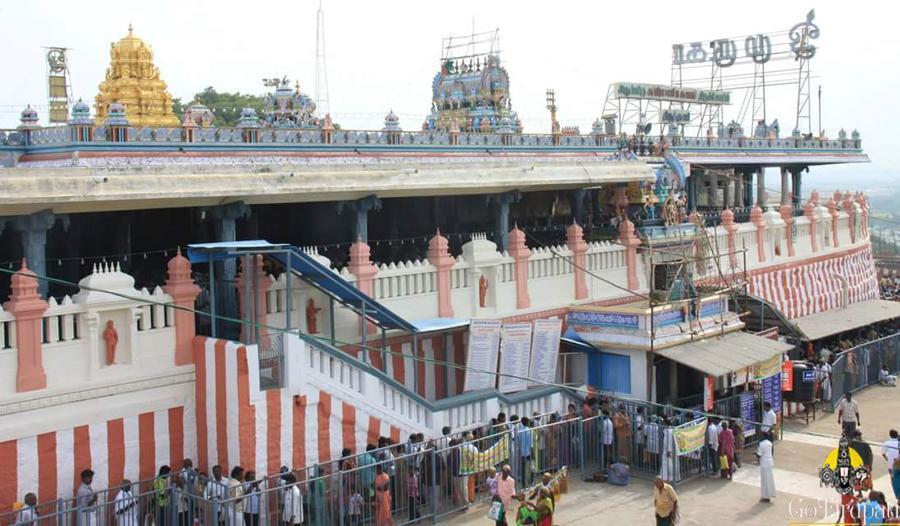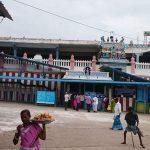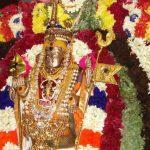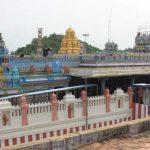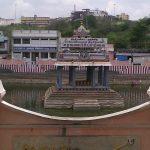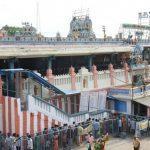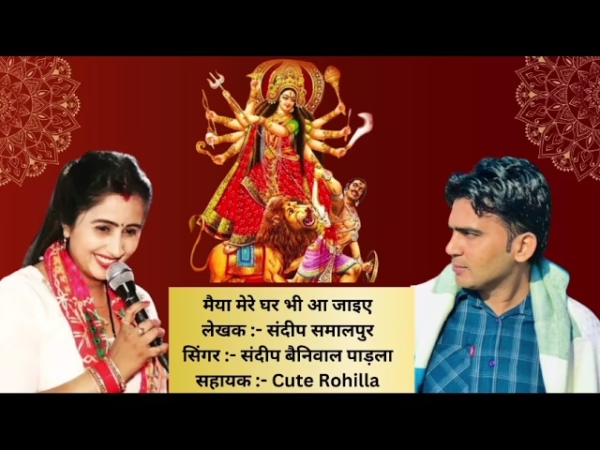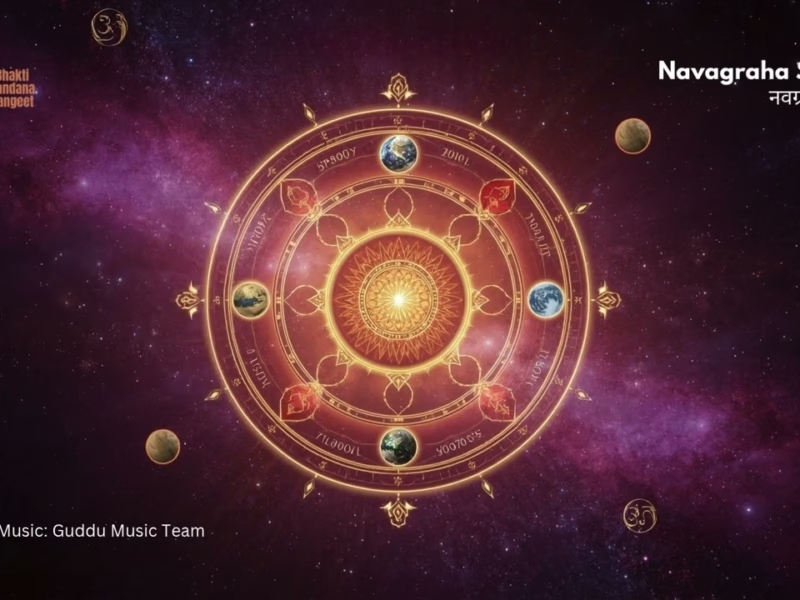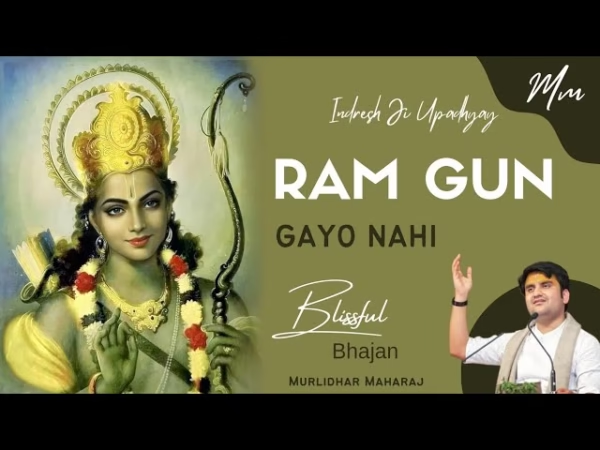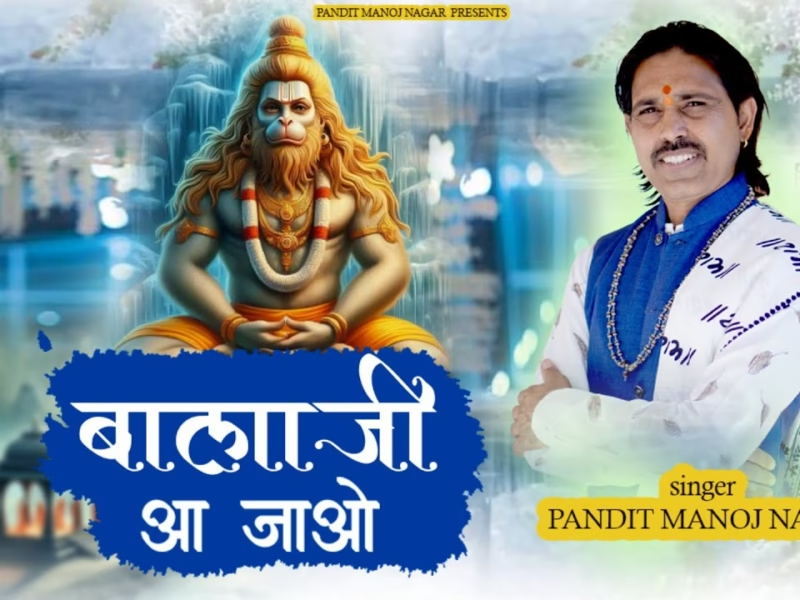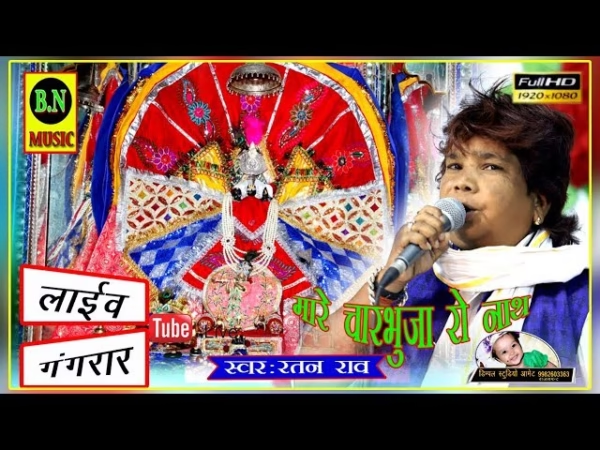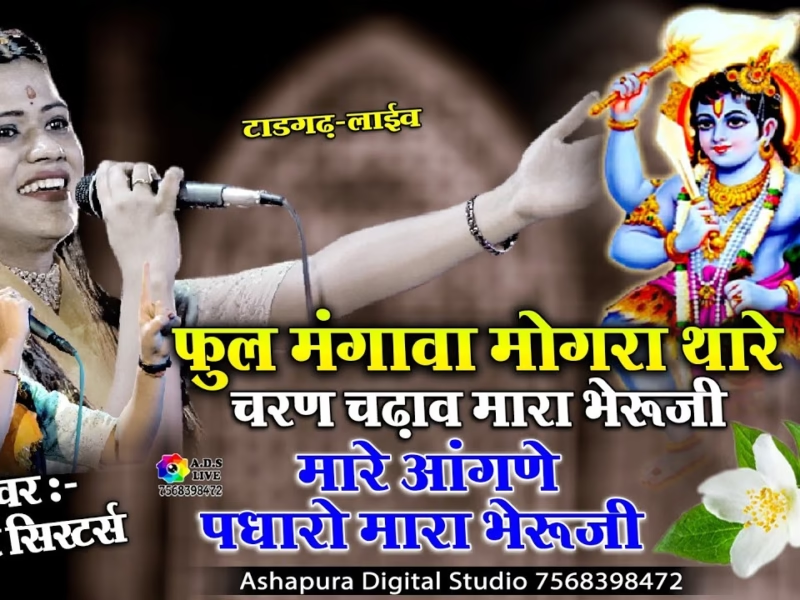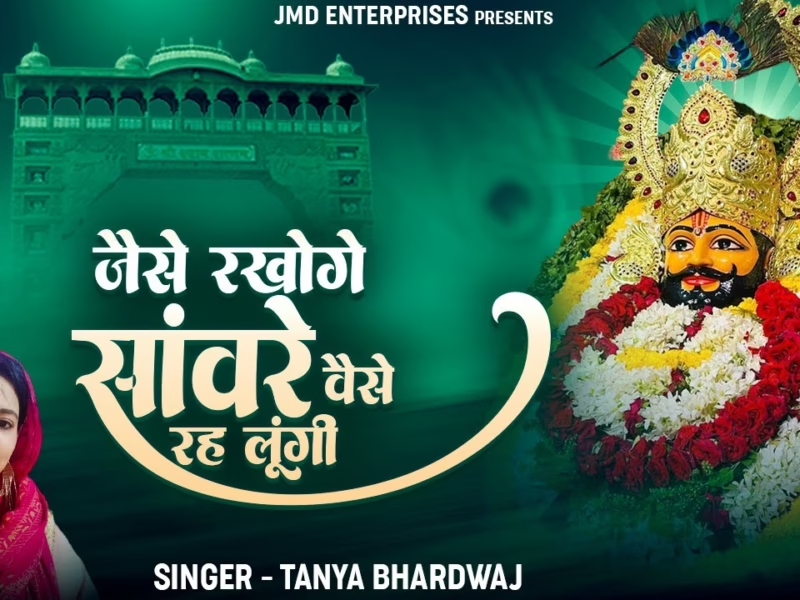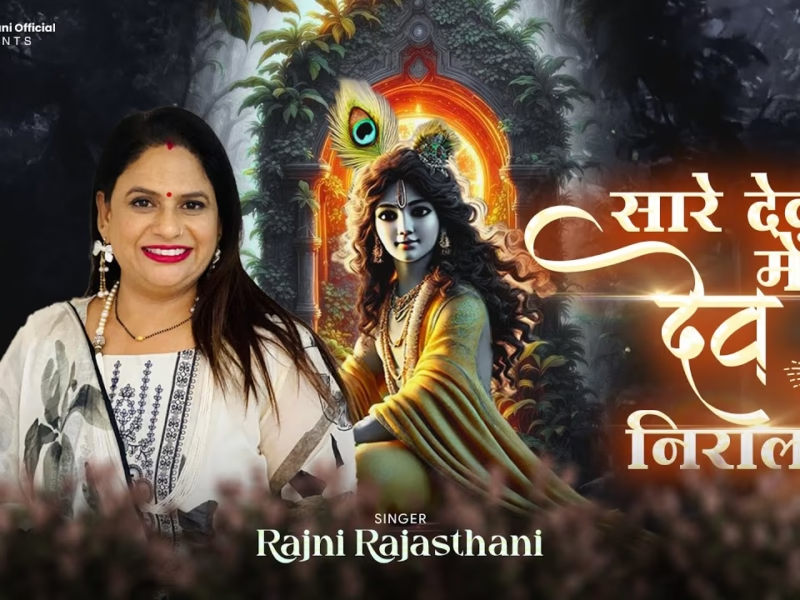Thiruthani Murugan Temple, Tiruthani,Tamil Nadu
| Date built: | – |
|---|---|
| Deity: | Lord Muruga |
| Architectural style: | Dravidian architecture |
| Major festivals | – |
| Locale: | – |
| District:: | Tiruthani |
| Address: | Thiruthani Hill, Thiruthani, Tamil Nadu 631209 |
| Phone | 04427885243 |
Thiruthani Murugan temple is a Hindu temple, on the hill of Thiruttani, Tamil Nadu, India, dedicated to Lord Muruga. The hill has 365 steps indicating 365 days of the year. It is one of the Arupadaiveedu, the six holy abodes of Lord Muruga. The other five are Palani Murugan Temple, Swamimalai Murugan Temple, Tirupparangunram Murugan Temple, Pazhamudircholai and Thiruchendur Murugan Temple. Thiruthani is 87 kilometres (54 mi) from Chennai.
Architecture
The temple is located on a hill named Thanigai hill reached with 60 steps. The temple has a five-tiered gopuram and four precincts. There are several water bodies associated with the temple. The temple has two shrines, namely, Murugan in the form of Shaktidharar and the shrines of Valli and Deivayanai in two other shrines.
Legend / Local stories
The origins of this temple, like most Hindu temples, are buried in antiquity. This temple has been mentioned in the Sangam period work Tirumurugaatruppadai composed by Nakkeerar. It has been patronized by the Vijayanagar rulers and local chieftains and zamindars. The original animal mount of Murugan is believed to have been an elephant, compared to the peacock which is considered to be the most common mount. The white elephant, is considered a powerful, terror striking animal. The iconography is maintained only in two places, namely, this temple and Tiruttani Murugan Temple.
Legend also has it that Indra the king of the Gods gave his daughter Deivayanai in marriage to Skanda, and along with her presented his elephant Airavatam as part of his dowry offering. Upon Airavatam’s departure Indra found his wealth waning. Subramanyar is said to have offered to return the white elephant, however Indra bound by protocol refused to accept a gift that he had made, and insisted that the elephant face his direction, hence the image of the elephant in this temple also faces the east.
Another legend has it that Indra presented a sandal stone as a part of his daughter’s dowry. The sandal paste made on this stone is applied to the image of Subramanya and the applied paste is said to acquire medicinal value. Legend also has it that Skanda bore the discus thrown by the demon Tarakasuran on his chest, and hence there is a hollow in the chest region of the image of Subramanya in this temple. Legend also has it that Skanda gifted the discus to Vishnu. Skanda is also believed to have imparted knowledge of Tamil to the sage Agasthyar and he is regarded as Veeramurthy, Gnanamurthy and Acharyamurthy in this shrine.
Lord Rama, after putting an end to Ravana, worshipped Lord Siva at Rameswaram and then came to Tiruttani to find perfect peace of mind by worshipping Lord Subrahmanya here. In Dwapara Yuga, Arjuna got the blessings by offering prayers to Him on his way to the South for Teertha Yatra (pilgrimage to take sacred immersion). Vishnu prayed to the Lord and got back his powerful Chakra (sacred wheel), Shanku (sacred conch), which were forcibly seized from him by Tarakasura, brother of Soorapadma. Lord Brahma propitiated the Lord here at the holy spring known as Brahmasonai after his imprisonment by our Lord for his failure to explain the Pranava (‘Om’ mantra) and got back his creative function of which he was deprived by our Lord due to his egotistic impudence in neglecting to worship Subrahmanya on his way to Mount Kailasa to worship Siva. The final steps to the eastern entrance.
On worshipping at Thanikai, the king of snakes Vasuki got his bodily wounds healed, which had been caused during the churning process in the Milky Ocean to secure the Amrita(nectar of immortality) by the devas and asuras when the Mantotra Mountain was used as the churning base and the snake king Vasuki as the rope. Sage Agasthyar Muni (of Potikai Hill) worshipped Muruga at Tanikai when he was blessed with the divine gift of the Tamil language.
Photo Gallery
How to Reach:
Contact Details
Official Address

